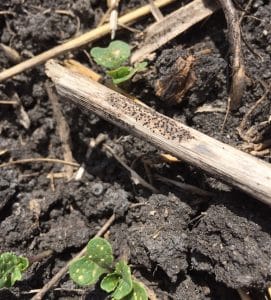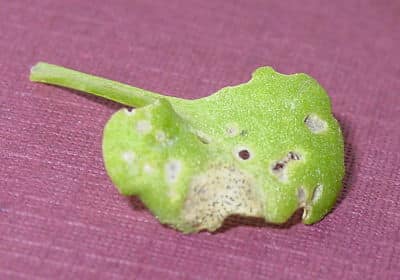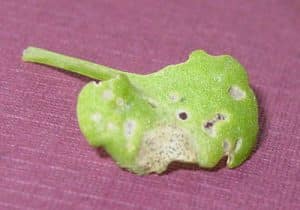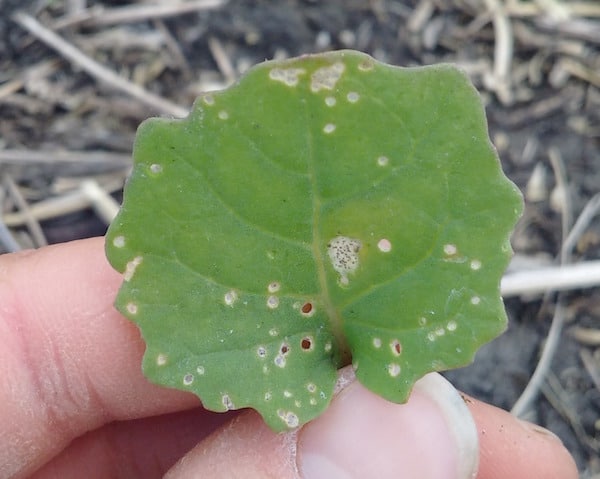Blackleg infection at or just after the cotyledon stage is the mostly likely to cause any significant yield loss. The critical infection window is cotyledon to four-leaf stage. Later infections cannot move down the plant to cause yield losses.
If fungicide to control blackleg is to provide any economic benefit, it has to be applied very early in the season and the crop has to be at risk of early and fairly widespread infection. This second part is key.
Fungicide is probably not necessary in a field with at least a two-year break between canola crops, blackleg-resistant varieties and rotation of genetics. With those three management steps, fungicide to reduce blackleg losses does not usually provide an economic return. A longer rotation – three years or more between canola crops – would further reduce the chances of blackleg infection and fungicide return on investment.
Fungicide application can provide an economic benefit if:
- The field has a recent history of rising blackleg infection rates. Rising infection rates over time mean that the genetics that you have been deploying are not working. And…
- The field is in a tight canola rotation. (A large percentage of blackleg spores on two-year-old stubble will still be viable. Research has found that spores can live for a few years and peak spore release is 18 months after crop is harvested.) And…
- The variety planted has the same major gene resistance as the variety planted on that field two years ago. (Look at seed guides to determine blackleg R genes identified. Note that not all companies decide to label their genetics, which means it could have the same major gene resistance as the previous variety.) And…
- Recent rainfall provides the weather conditions for spore germination and infection. It just takes a few mm of rain and warm temperatures (research indicates 16°C as optimal for release) for pycnidia and pseudothecia germination, and they can produce spores for days. And…
- The fungicide is effective on blackleg. (In a recent study, propiconazole (Tilt) was found to be much less effective than other registered products.) And…
- The fungicide is applied early. The earlier the better, but follow product labels.

Other helpful decision factors could be:
- Careful scouting shows that a high percentage of stubble pieces from the previous crop have pyncnidia and pseudothecia.
- Earliest emerging cotyledons already have small blackleg lesions. Fungicide are protective – they cannot cure existing infections – but these early lesions could be a sign of more to come.
- Plants have entry wounds from hail, flea beetle feeding or other reasons. Blackleg can be taken up by the plant’s stomata, but entry wounds allow for more infection.
Evaluate the potential return on investment based on the risk factors described. If it seems likely, registeredfungicides can be tank mixed with canola herbicides as long as herbicide is applied early.
Fungicide will be $10 to $15 per acre, depending on the product and rate. If the situation suggests a return on investment is possible, fungicides can be tank mixed with herbicide as long as herbicide is applied early.
Further reading:
Tank mixes of herbicides, insecticides and fungicides
Canola Council of Canada brochure: “Understanding Blackleg Resistance”
Canola Encyclopedia blackleg section


